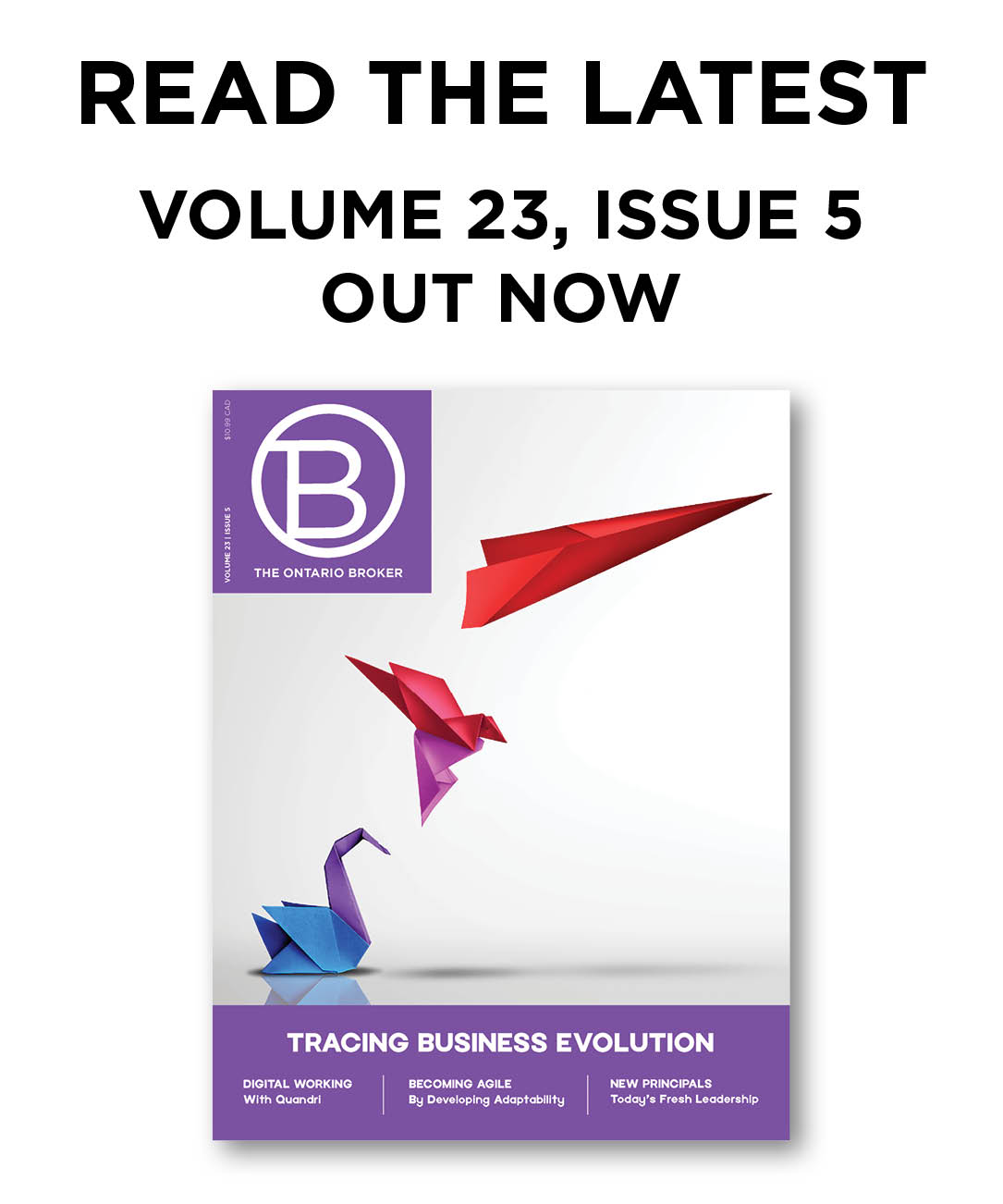

Everett McCallum—Manager, Technical Risk Services, Echelon Insurance
Commercial businesses of all scopes are constantly subjected to various premise liability exposures. This includes incidents involving employees or visitors that result in bodily injury and/or property damage. Without proper documentation, these incidents can become a major source of financial strain and uncertainty for business owners.
As a broker, you play an important role in supporting your customers in their loss-prevention efforts. You’re there to recommend the right tools business owners can use to document unforeseen incidents and prevent future events of a similar nature.
An incident report form is one such tool which—just like its name implies—is used to capture pertinent information related to unexpected commercial premise events and is especially important for incidents involving occupants or visitors. Documenting incidents appropriately allows a business to investigate the cause and take corrective action to prevent a similar situation from reoccurring.
If you or your commercial customers aren’t sure where to start when creating an incident report form, we can help! Below are some of the key details to include:
- The date, time and location of the incident
- A detailed description of what happened
- Any resulting injuries or property damage
- Where bodily injury occurred, the name and contact information of the injured party
- Where property damage occurred, the name and contact information of the property owner
- Whether emergency personnel were contacted
- The conditions of the environment where the incident took place (indoors/outdoors, weather conditions, etc.)
- If applicable, the name, address and phone number of witnesses
- Corrective actions taken since the incident occurred, including implementation dates
Once completed, businesses should notify their insurer of a possible claim, noting the name and position of the person to whom the claim is reported.
It’s necessary to keep completed forms on file as long as needed to defend against any potential insurance claims. Forms should also be organized and stored in an electronic database that’s backed up at regular intervals.
Click here to download an Incident Report Form template and browse additional loss prevention resources.





